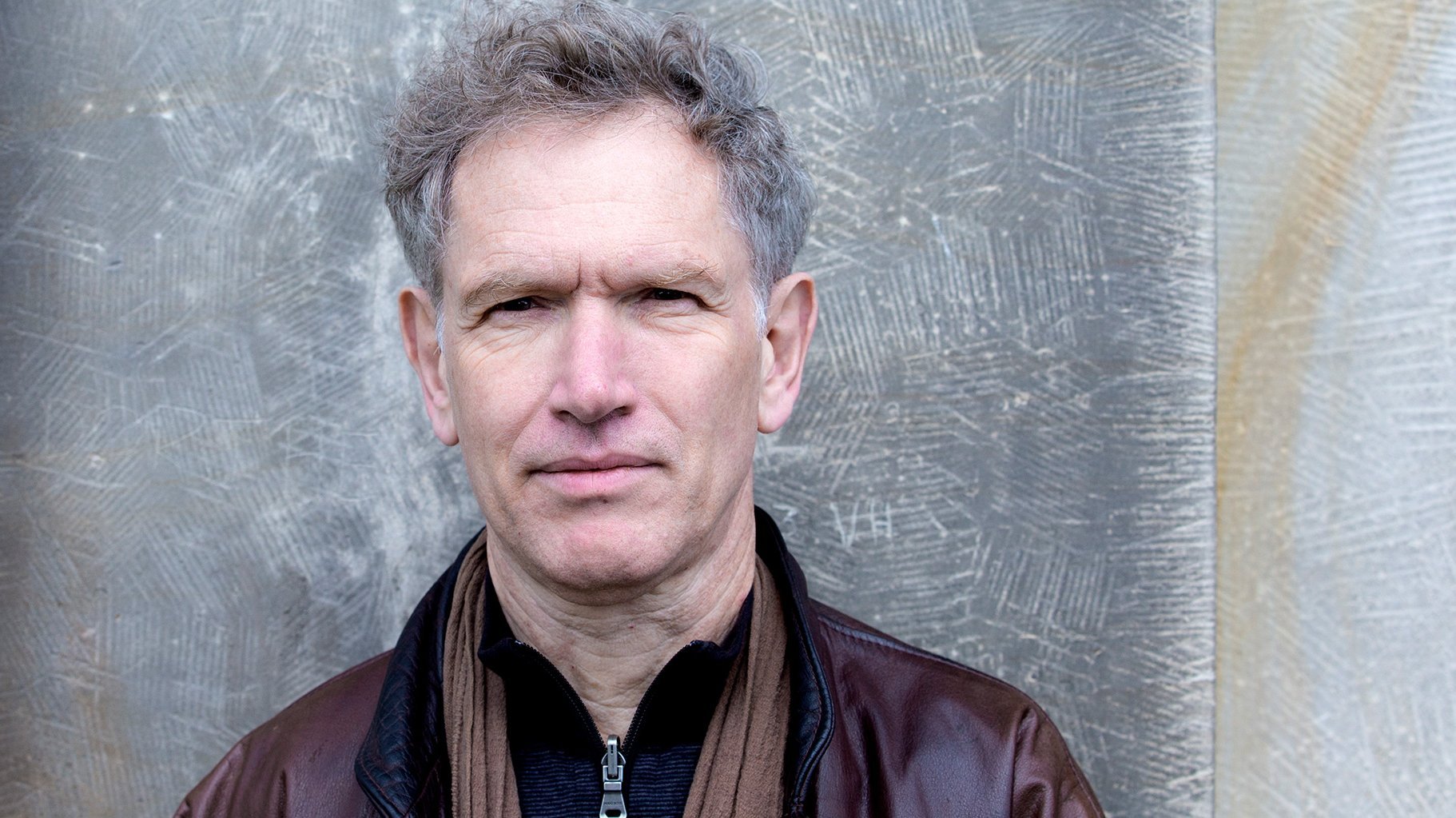- Portrait

Hans Werner Henze rarely conducted contemporary composers – other than himself. There was an astonishing exception in March 1982, when he conducted a concert programme with not just one but two orchestral pieces by Hans Abrahamsen: “Befreiung”, later renamed “Nacht und Trompeten”, and “Stratifications”, written in 1975. It is easy to understand what Henze found in this music. It avoids abstract games, it has a subtle inner tension and follows an enigmatic dramaturgy, and thus seems to tell a story. It was once said of Hans Abrahamsen, whose Horn Concerto will be premiered by the Berliner Philharmoniker and their principal horn player Stefan Dohr under the baton of Paavo Järvi, that he always tells stories, only no one can understand them, not even Abrahamsen himself.
This need not be a flaw, as it allows the listener to act as a co-composer; everyone is free to hear what they want. There are, however, some limits to the imagination. For a long time, Abrahamsen kept to tender voices, intimate impressions that beckon to us like a dream that fades away to the edge of consciousness at dawn. Abrahamsen very rarely sends existentialist or ideological messages into the world, and large-scale formats are unappealing to him. Hardly any of his works last more than 20 minutes, and they usually consist of individual miniatures. There is a subdued tone to them, as if they were hidden under a layer of snow. It is not by chance that Abrahamsen often refers to winter landscapes, using titles such as Schneetänze (1985), Schnee (2006/Rev. 2008) and Schneebilder (2013).
Trained horn player
Hans Abrahamsen belongs to the rare species of composers who have studied French horn. This instrument correspondingly appears frequently in his scores, such as in his Six Pieces for Horn, Violin and Piano from 1984, as well as in almost all of his other chamber music pieces, which quantitatively far exceed his orchestral works. The Second Wind Quintet Walden, composed in 1978, is of central importance. It is so important for Abrahamsen that 30 years later, he took up the first bars again in a larger ensemble piece called Wald. The fact that music is more than just music, more than just the notation of acoustic events, is a conviction Abrahamsen shares with actually all Danish, indeed all Northern European composers.
Even his choice of the French horn with its warm and natural sound indicated this orientation. After his instrumental training, he studied composition in Copenhagen. His teachers were two composers who remained unknown abroad, but who played an essential and symptomatic role in Denmark. Instead of an avant-garde dogmatism that led to an unbelievable impoverishment of individual idioms, beyond the seas, including in Denmark, a historically grown, thoroughly modern and often enough innovative variety of styles prevailed.
Representative of the “New Simplicity”
The preference for the symphonic is a constant in all Danish music, regardless of generation. Abrahamsen’s fellow countryman Poul Ruder, who is only three years older than him, has produced five symphonies. The German-Dane, Søren Nils Eichberg, born in 1973, has also paid homage to the genre three times. Hans Abrahamsen followed a different path. Although he wrote a symphony in the classical sonata form in 1974, its 15 minutes do not nearly reach the dimensions or expressive power of Bentzon’s or Nørgård’s contributions. He was therefore counted among the representatives of the “New Simplicity”. This phase lasted roughly until 1990, when Abrahamsen fell silent for almost a whole decade. In 2002, he moved back to Lyngby, his birthplace north of Copenhagen, and inspiration also returned. The Piano Concerto initially moves on familiar terrain before crashing into the abyss. Even stronger are the eruptions in Four Pieces for Orchestra with their Wagner tubas, bass trumpets and the mallet known from Mahler’s Sixth Symphony. Suddenly the Danish snow has melted, and we find ourselves in the high reaches of German late Romanticism.
The Three Pieces for Orchestra, premiered by the Berliner Philharmoniker in 2018, follow the same path. Another work premiered by the Philharmoniker is the orchestral song cycle Let me tell you, based on the 481 words used by Ophelia in Shakespeare’s Hamlet. Let me tell you immediately entered the repertoire in 2013; it was performed 36 times in 14 countries in the wake of the Berlin world premiere. Here the highly artistic, ecstatic part of the soprano and the metallically glittering and autumnal rustling orchestra create an unmistakable, mysterious aura. The last section celebrates a neo-Romantic sublime death, and the parting words could only be from Abrahamsen if they were not from Shakespeare: “Snow falls. So: I will go on in the snow …”